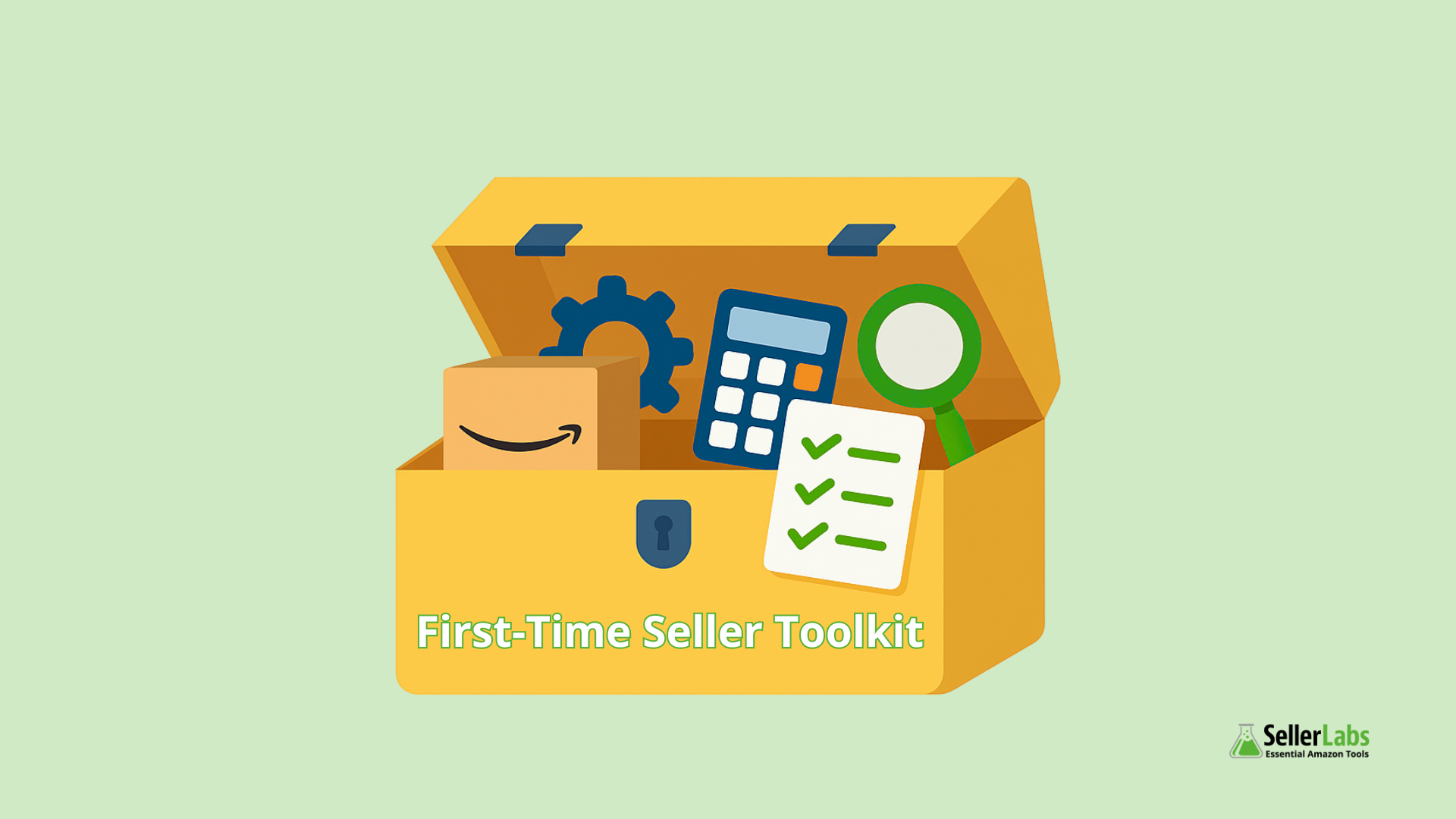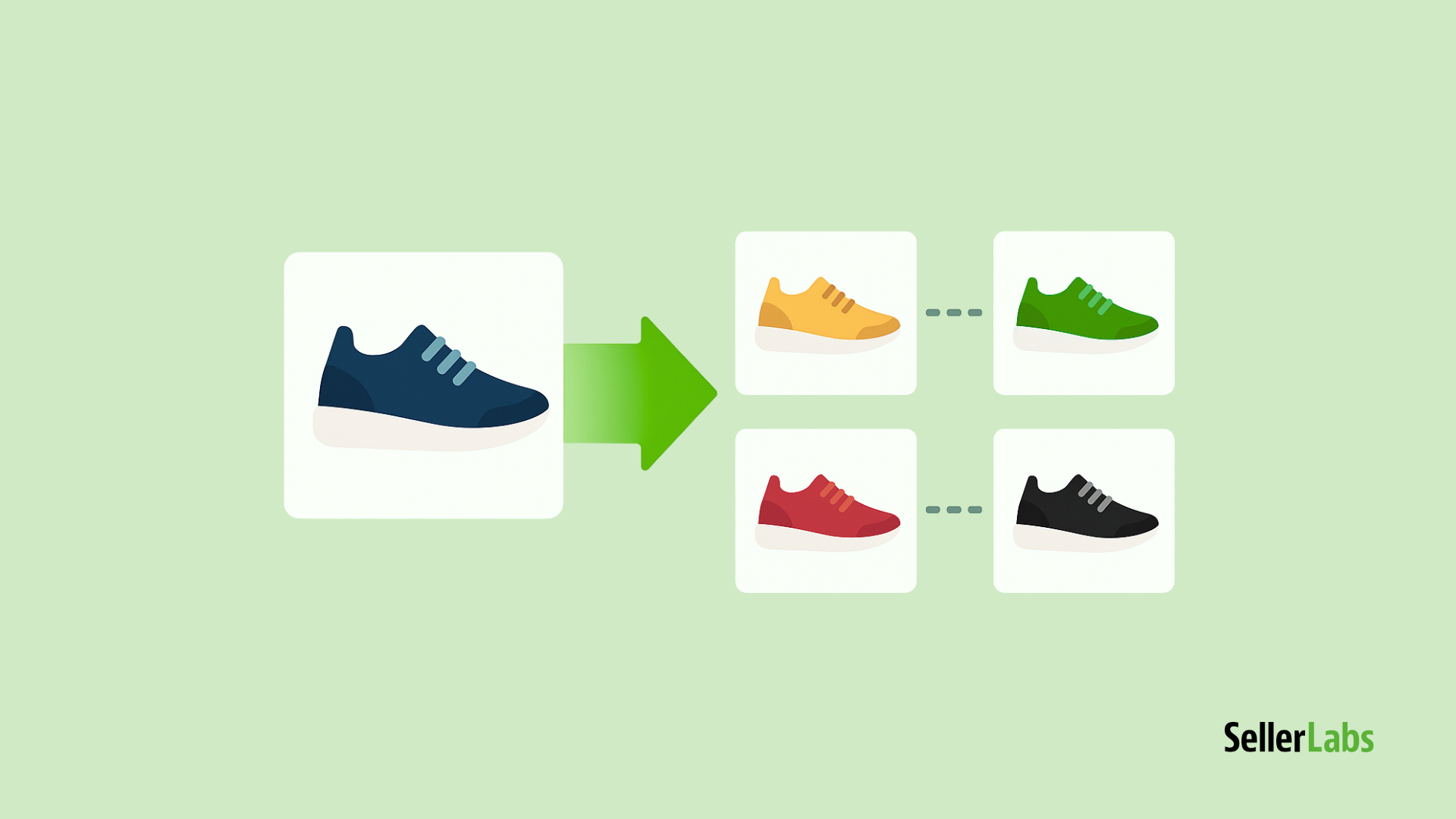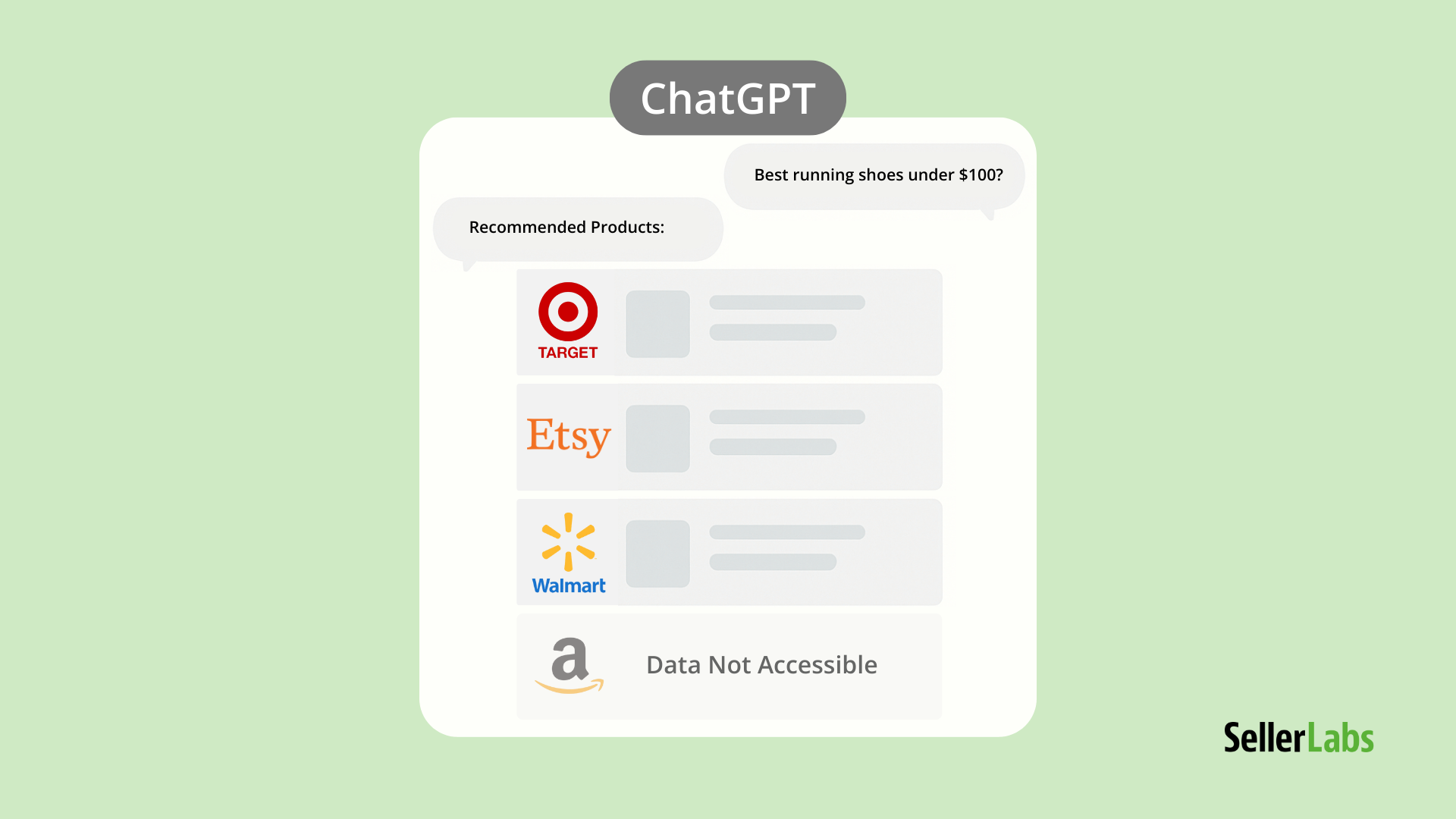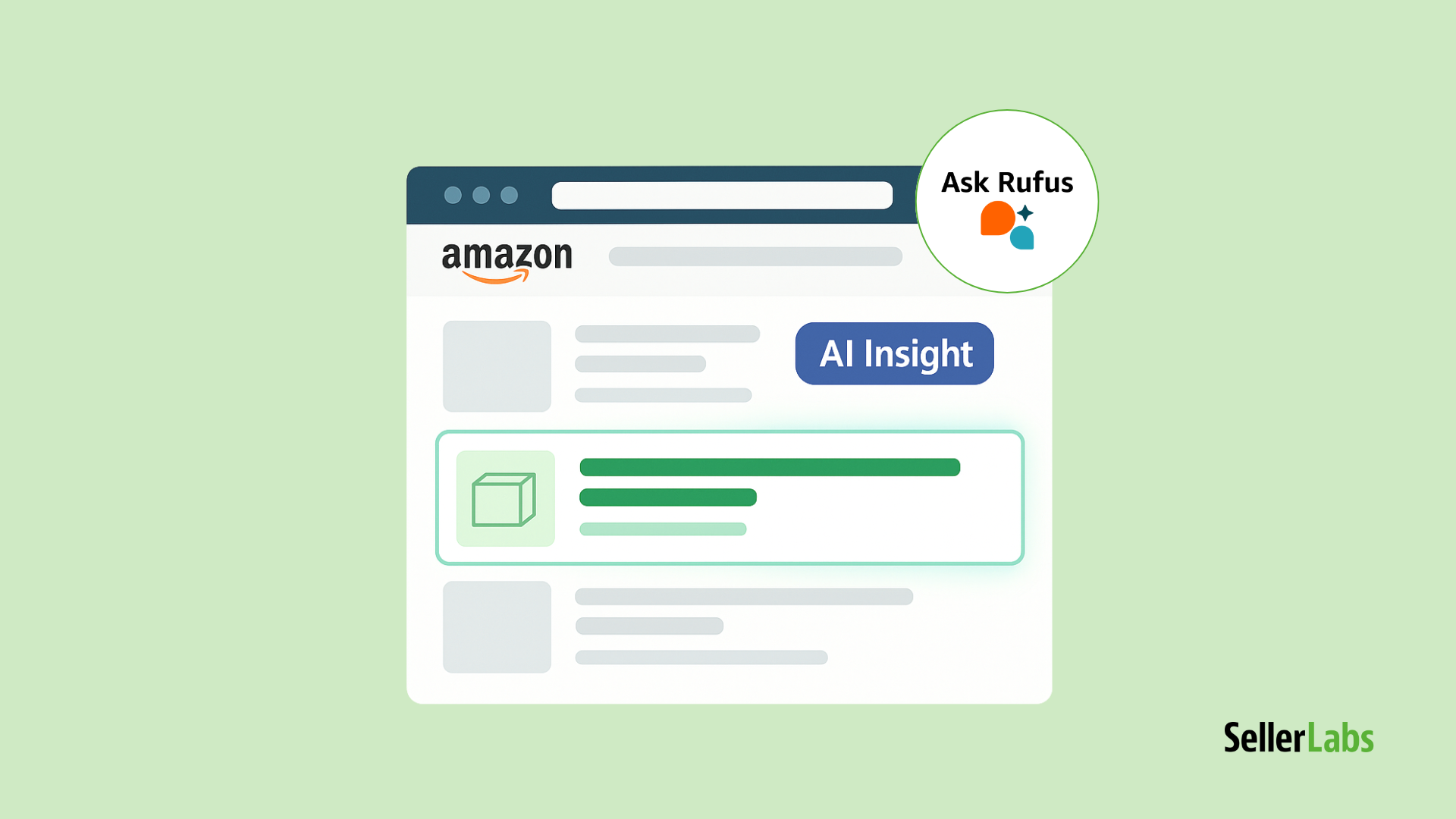Thinking about starting your Amazon business in 2025? You’re not alone—and you’re right on time.
With over 300 million active Amazon users and third-party sellers now driving over 60% of all product sales, selling on Amazon has never been more promising. But success isn’t as simple as listing an item and hoping for the best. You need a smart strategy, the right tools, and a roadmap that works in today’s market.
Welcome to your step-by-step beginner’s guide to selling on Amazon in 2025—built to educate, empower, and help you launch confidently.
Step 1: Create Your Amazon Seller Account
Start by registering your account on Amazon Seller Central.
Choose between:
- Individual: No monthly fee, but $0.99 per sale.
- Professional: $39.99/month—ideal for serious sellers with more than 40 sales/month.
Pro Tip: Go with Professional if you want access to advertising, bulk listings, and advanced selling tools.
Step 2: Understand Amazon Selling Models
Before sourcing your first product, know your model:
- FBA (Fulfilled by Amazon): Amazon handles shipping, returns, and customer service.
- FBM (Fulfilled by Merchant): You manage inventory and shipping yourself.
- Private Label: Sell your own branded products (requires upfront investment).
- Retail Arbitrage: Reselling discounted items you source locally.
- Wholesale: Buy bulk inventory from distributors to resell on Amazon.
💡 Want sourcing ideas? Explore 10 Best Product Sourcing Alternatives to China and Top Sourcing & Fulfillment Companies to diversify amid 2025’s shifting tariff landscape.
Step 3: Select Profitable Products to Sell
Choosing the right product can make or break your Amazon journey.
Use Amazon’s Product Opportunity Explorer to evaluate:
- Search volume and trends
- Market competition
- Conversion rates
- Seasonal patterns
📈 Temporary 2025 tariff cuts may boost margins for electronics and tools, but with potential reintroductions looming, product diversification remains essential.
📦 Looking for product inspiration? Check out our blog for Top-Selling Products of 2025.
Step 4: Source Your Product
Once you’ve identified your niche:
- Connect with suppliers via Alibaba, IndiaMART, or local vendors.
- Verify legitimacy: ask for references, samples, and documentation.
- Compare pricing, minimum order quantities, and shipping timelines.
- Request product testing and quality assurance checks.
🛡 Use our How to Vet Overseas Suppliers in 2025 Guide to avoid costly mistakes.
Step 5: Set Up and Optimize Your Listings
Your product page is your storefront. It must convert browsers into buyers.
Here’s what makes a great listing:
- Keyword-rich product title (use Amazon’s title compliance guidelines)
- Compelling bullet points highlighting features and benefits
- High-quality product images (minimum 1000px resolution)
- A+ Content (available to Brand Registered sellers)
📌 Explore our complete guide to Amazon listing optimization to make sure your product pages are fully optimized from day one.
Step 6: Set Your Price and Shipping
When pricing your product, factor in:
- Cost of goods sold (COGS)
- FBA and referral fees
- Shipping and tariffs
- Ad spend (ACoS)
- Competitor pricing
💰 Pro Tip: Avoid pricing too low—focus on delivering value and building brand trust.
Step 7: Use Extensions and Tools to Analyze Competition
Get insights with browser extensions like:
- Keepa: Track product price history
- How Many Extension: Estimate competitors’ sales volume and inventory
- Amazon DS Quick View: See seller counts and ranks directly in Amazon search
These tools offer a competitive edge and help inform your product strategy.
Step 8: Manage Inventory and Fulfillment
Avoid stockouts and costly overages with:
- Real-time restock alerts
- Forecasting tools
- Smart reorder recommendations
✅ The Seller Labs Restock App helps sellers stay compliant with Amazon’s restock limits. It offers data-backed restock recommendations based on SKU velocity, profitability, and seasonality.
Step 9: Launch Ads and Get Traffic
Once you’re live, drive traffic with:
- Sponsored Products Ads
- Lightning Deals and Coupons
- External Traffic like TikTok, YouTube Shorts, Google Shopping
Monitor your campaigns weekly, adjust bids, and pause poor performers. Keep an eye on your Advertising Cost of Sale (ACoS) for profitability—and consider using Ad Genius to automate optimizations and uncover wasted ad spend.
Step 10: Monitor Performance and Scale
Keep your business running smoothly by tracking:
- Customer reviews and seller feedback
- Amazon’s performance metrics and notifications
- Inventory Performance Index (IPI) score
- Ad ROI and profitability by SKU
💡 The Genius Bundle from Seller Labs helps Amazon sellers streamline operations and grow smarter with tools like:
- Feedback Genius: Automate review and feedback request emails, and monitor both customer feedback and product reviews in one place.
- Profit Genius: Get a full financial picture across your catalog using tools like Restock, Data Hub, SKU Details, SKU Economics, and an AI-powered Query Builder—perfect for tracking SKU-level profit, costs, and trends.
- Ad Genius: Analyze Amazon ad performance with real-time campaign insights, discover top-performing strategies, and make data-driven adjustments to maximize ROI.
Final Thoughts: Starting Strong in 2025
Selling on Amazon in 2025 is full of potential—but it requires more than just great products. Success means mastering strategy, managing fulfillment, leveraging data, and continually optimizing.
At Seller Labs, our tools are designed to help Amazon sellers grow smarter—from product research to review automation and ad optimization.
🎯 Ready to start selling? Start your free trial with Seller Labs—no credit card required—join thousands of sellers growing their business in 2025.
Want more tips to grow your Amazon business? Check out our latest articles below:
- Amazon Image Manager: The 1-Click Feature That Saves Sellers 100+ Hours
- Amazon Blocks ChatGPT Shopping: What Sellers Must Do to Stay Visible
- How to Optimize Amazon Listings for Rufus AI: 4-Step Method for Higher Conversions
- Why Does Amazon Limit PPC Spending on New Accounts? (How to Increase Your PPC Budget Fast in 2026)
- The Future of Amazon SEO in 2025–2026: How AI Overviews Are Changing Shopping—and How Sellers Can Win More Traffic Across Every Platform






